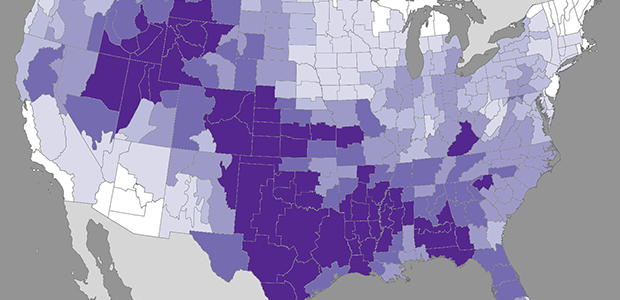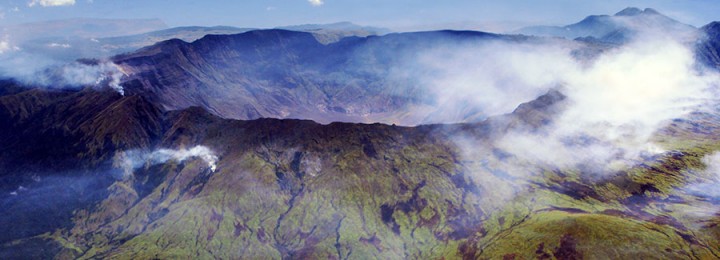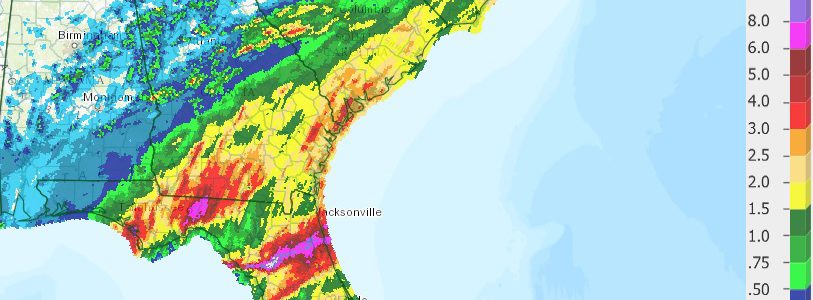Climate science
-

While it seems to be pretty intuitive that parking in the shade helps keep your car cool, there has been surprisingly little data collected to show how much cooler it is. The State Climatologist of Arizona, Nancy Selover, has contributed to a recent article describing their work to measure car temperatures in sun and shade…
-

Deke Arndt writes more details about the relationship between spring rain and summer temperature in the latest Beyond the Data from NOAA. It turns out that spring rain affects daytime high temperatures much more than nighttime low temperatures due to the effects of solar radiation during the day on wet soil which is not seen…
Posted in: Climate science -

In a warmer climate with a longer growing season, climatologists have generally considered that the longer frost-free season will lead to an increase in insect pests that affect both crops and livestock. I was interested to see an article posted today in Phys.org describing the impacts that a warming climate may have on insect pests,…
-

Crystal Powers of the University of Nebraska, and one of my teammates on the Animal Ag and Climate Change project, pointed out a neat web site which allows you to look at projected changes in a variety of climate and agricultural values. Even though they list it as for the Pacific Northwest, it actually allows…
-

Today’s WunderBlog lists two new resources for understanding changes in climate over time. The first is a new website called “Climate Signals” which explores connections between extreme events and climate change. The second is a new book which goes into detail about climate models and how they are used to study changes in climate over…
-

The Capital Weather Gang has posted a great story about the eruption of Mount Tambora in Indonesia in 1816, 200 years ago this summer. The sulfuric acid emissions from this eruption helped contribute to some of the coldest temperatures we have seen in the Northern Hemisphere in modern times, due to the reflection of sunlight…
-

Tropical Storm Colin has come and gone, and you might wonder how much rain we got from the storm as it passed. Of course, the amount you got depends critically on where you are. Here in Athens where we were just on the edge of the storm I got a paltry 0.22 inches, and not…